QuestionI am an approved foster home for American Eskimo dogs. I got a rescue dog three weeks ago who was extracted from a shelter by the rescue group; he came in as a stray and has developed a growling at strangers/dogs problem.
He is a standard size American Eskimo (31 lbs, was not neutered (has since been neutered two weeks ago.) He arrived smelly, matted and very dirty and obviously very dispirited. After a thorough grooming and cleanup he perked up after several days. He interacts well with my two other eskies although there was a scuffle on the 2nd or 3rd day where he established his dominance over my formerly alpha dog. Since then their play has been occasionally rowdy but fairly typical for the breed. There have been no further fighting incidences. They walk well together as a threesome although I prefer having my housemate help so I can concentrate on Mr.Growly.
In the house he is extremely affectionate to the point of butting the other dogs away whenever I give them affection. Not wanting to reinforce this behavior I usually push him away and continue interacting w/ the other dog. If he jumps up to be with me on the furniture, I push him away. If I invite him up he jumps up immediately. I have been also reinforcing various basic commands: sits at curbs when walking, stays before eating, wait at doors, etc. He would try to barrel through but now at least there is a hesitation and small wait. Sits are also getting more automatic.
The major problem with him is that he growls at people who approach him for a greeting when we are on walks. It is definitely a serious growl. He has even lunged and barked at people. He does the same with dogs that approach him. When he does this, I usually bark out an "uh!" and walk him away. I had this problem with my first eskie, who even nipped a few people in the ankles to make sure they left. With repeated exposure and socialization, he has become friendly and although I always remain vigilent to prevent escalations.
I took Mr Growly to meet a potential adopter at their house and was horrified when he growled at the 13 year old girl. Even after 15 minutes of working with treats etc, he was very uncomfortable and growled. It was pretty scary for them, and me, to tell the truth. He spent the whole time glued to me and it seemed clear that he was very fearful. When the girl first approached him she held out her hand, palm up (not over the head.) That is when he growled at her. In retrospect, the growling when walking was a red flag. We haven't had issues with new people who come into the house.
He obviously isn't ready to be adopted. My question is: does this sound like fear aggression or dominance aggression? I tend to think the former. I have started taking him on walks downtown where I treat him everytime we pass a stranger. If he manages to not growl when someone speaks to me, I really praise and treat him. We have also been taking him to dog parks (on leash.) He does not seem to want to run over and meet the new dogs like my other two. He definitely does not like being checked out by other dogs. If he does let them sniff him, I praise him. I treat him immediately when he so much as notices a dog and doesn't react. Does this seem like the right approach?
I would greatly appreciate any advice that would help me turn Mr Growly into Mr Neutral, or even Mr Friendly.
Jett
Do you think this is the right approach? I'm willing to work with him as I think he is very correctable at home: immediately stops if I say No! and will even drop to the ground. In fact it's so dramatic that I wonder if he's over-reacting.
Answer
Hi Jett,
It sounds like you're doing everything right, and you're already seeing some progress. It's only been about three weeks, after all! Changing a dog's state of mind is a slow process. You can't rush it. Every time the dog sees someone approaching and goes into an aggressive display, you've had a major setback. Your goal is to bring the dog along at a pace that prevents this from happening, until eventually the dog can remain calm around people.
Try giving him the command to sit or drop to the ground before a stranger gets close enough to make him growl. Offer praise and treats the whole time he's "down" and quiet. Preventing the unwanted behavior from even occurring, rather than making him stop growling, is what you want.
This process also requires cooperative people who will follow your instructions around your dog. You may have rushed things by allowing strangers to get near your dog, so soon. Ideally, during the training process, no one should come close enough to the dog to trigger a fearful or aggressive response. At first you'll simply want the dog to see them at a distance and then immediately focus on you. Gradually, over many sessions, you move closer to people, have them pass, have them pass and drop down a treat, have them pay slight attention to the dog, have them very briefly touch the dog, and perhaps-with dogs who can make it this far-you eventually have the dog going up to the person for petting. If a stranger approaches too close and the dog becomes aggressive, they should stand still until you can get the dog's attention, preferably in response to a previously trained cue. The dog should then be rewarded for the corrected response. If you rush the process and the dog's aggression triggers, you've lost ground.
Handling a dog with these problems requires good timing, vocal control, and skill with a leash. You'll need to learn how to keep a LOOSE leash in order to direct the dog with your voice and body language instead. A tight leash interferes with the action of a head halter, and can even make it mar the dog's face. A tight leash also interferes with the dog's ability to focus on you, and makes the dog more defensive. That's exactly what you DON'T want a dog to feel when aggression is an issue.
Keep in mind, some dogs simply don't want dogs they don't know coming up to them in a park. You can have a houseful of dogs in your home, and still have a dog that doesn't like dogs it doesn't know.
I hope I've been a help.
Best of luck,
Patti

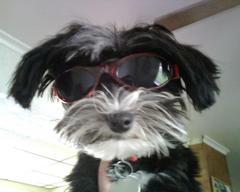 My 1 year old Yorktese is paper trained but goes pee in the middle of the kitchen floor
Question
QUESTION: I have a wonderful 1 year old
My 1 year old Yorktese is paper trained but goes pee in the middle of the kitchen floor
Question
QUESTION: I have a wonderful 1 year old
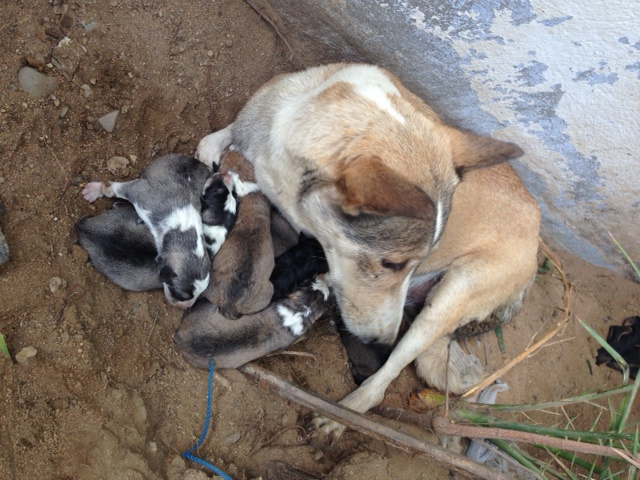 Whats the dog type?
Question
1 2
Dear ma`am,
Me and my friend
Whats the dog type?
Question
1 2
Dear ma`am,
Me and my friend
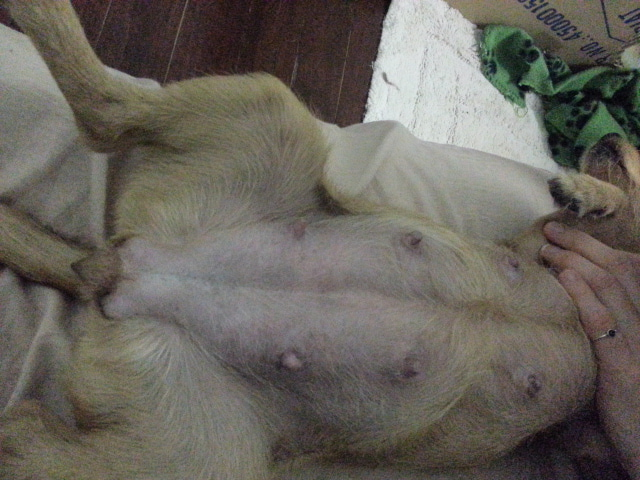 high temp tummy
Question
swollen nipples?
My two year old Jack R
high temp tummy
Question
swollen nipples?
My two year old Jack R
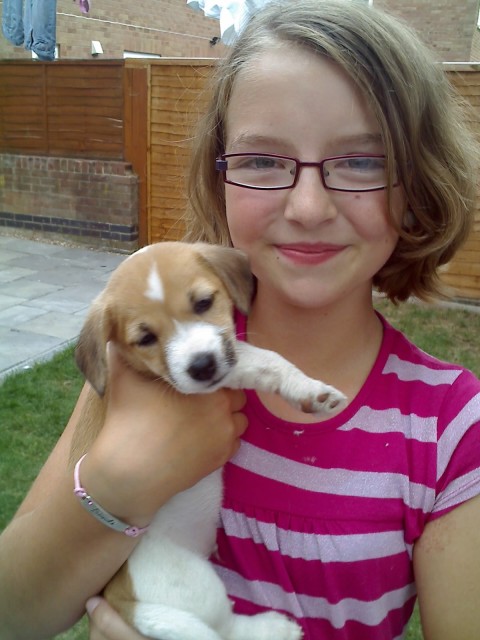 Puppy hates being alone.
Question
Me and Toby
Our jack russel is extremely cuddl
Puppy hates being alone.
Question
Me and Toby
Our jack russel is extremely cuddl
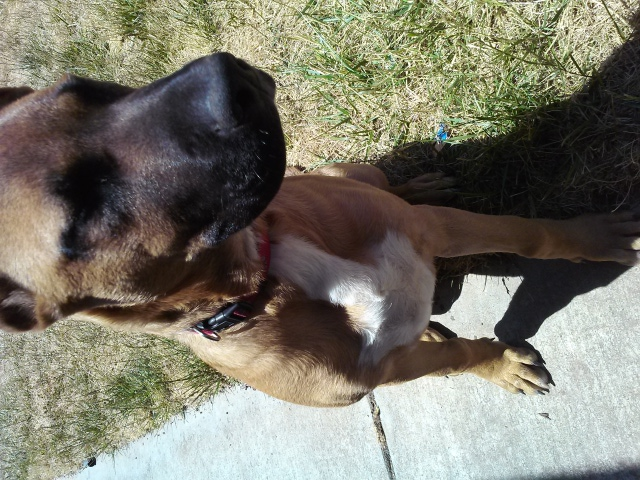 dog breed unknown
Question
dog breed unknown dog breed unknown &nbs
dog breed unknown
Question
dog breed unknown dog breed unknown &nbs